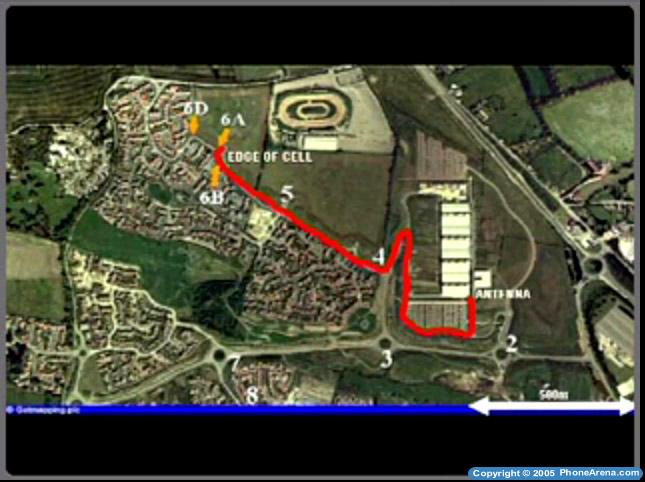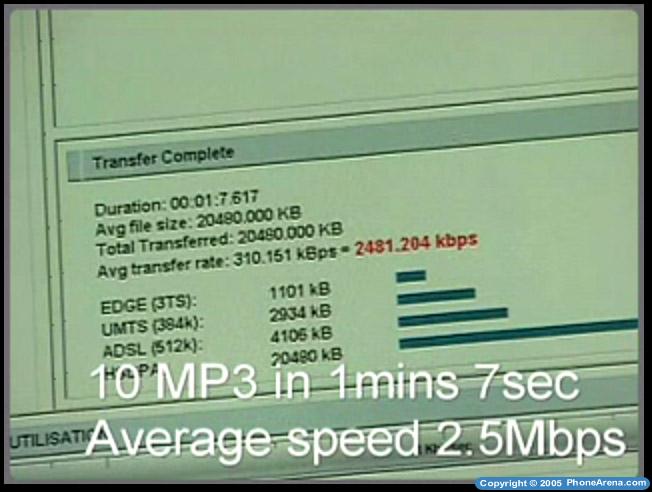Motorola releases HSDPA trial findings

|
|
Motorola today released their latest finding from its HSDPA trails in England, where the company performed UMTS/HSDPA tests using a 1.2 kilometer cell in diameter. HSDPA is an upgrade to the UMTS/WCDMA technologies which will should allow theoretical data speeds of about 8-10 Mbps. The tests showed mobile broadband using HSDPA could reach speeds of about 2.3 Mbps while driving at 50 km/h and about 2.9 Mbps email download at the edge of the cell.
The latest outcomes from the various trials reveal three guidelines that wireless operators should take into account when implementing high speed services across an HSDPA network:
1. Sufficient processing power needed to reduce latency
HSDPA will provide high speed but can be prone to delays when using applications such as web browsing. These delays can be attributed to a mechanism known as "state switching". This effectively moves a user from a high to a low speed state based on user activity without the user being aware. There is a solution - avoid switching users down from a high to a low speed state regardless of user activity. As HSDPA enables radio resources to be dynamically shared between users (known as scheduling), the necessity to state switch should be reduced. However, scheduling requires intensive computer processing capabilities at the base station. Network operators should ensure that they have sufficient processing power at the base stations to schedule the highest possible number of calls at launch of the HSDPA service.
2. Handsets must support equiliser functionality for improved mobile performance
The performance of HSDPA is heavily dependent on device or handset capability. A signal processing function known as an equalizer enhances performance when the user is moving. Initial trial results demonstrate an increase in data rates of as much as 40 percent for devices that support equalization. Today only a few device manufacturers claim to have equalizer functionality.
3. Video services need priority
The trials have shown that video streaming performance degrades when a relatively modest number of users are active. As little as four active users are sufficient to cause video streaming to freeze if scheduling priorities are not set properly. To compensate for this, operators must actively prioritize
video over other services or provide more capacity. Operators could defer video services on HSDPA to a later stage, but as video services consume a large amount of UMTS capacity they should be moved to HSDPA for improved efficiency
Source:
Motorola Test Trial Video











Things that are NOT allowed: